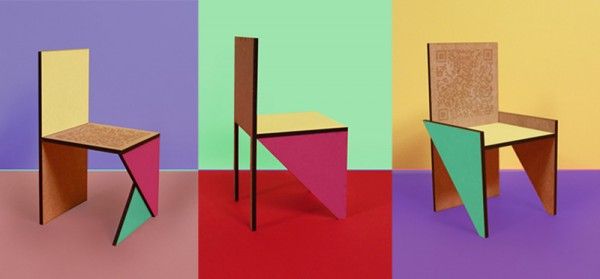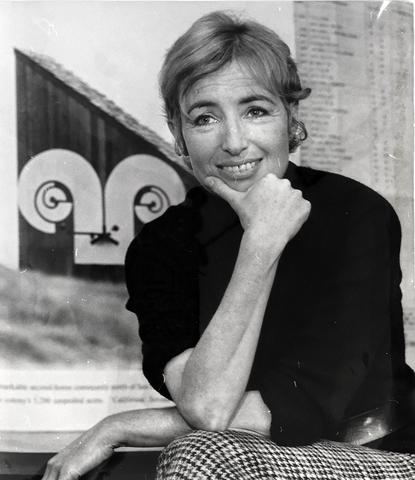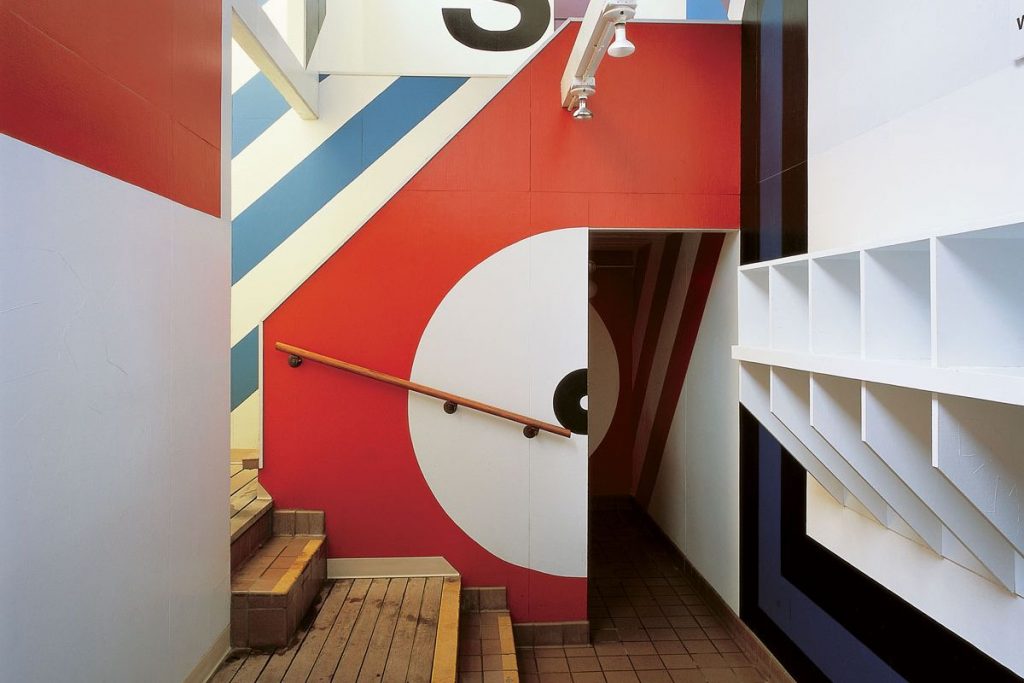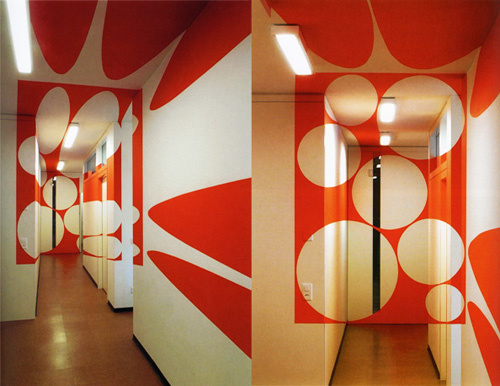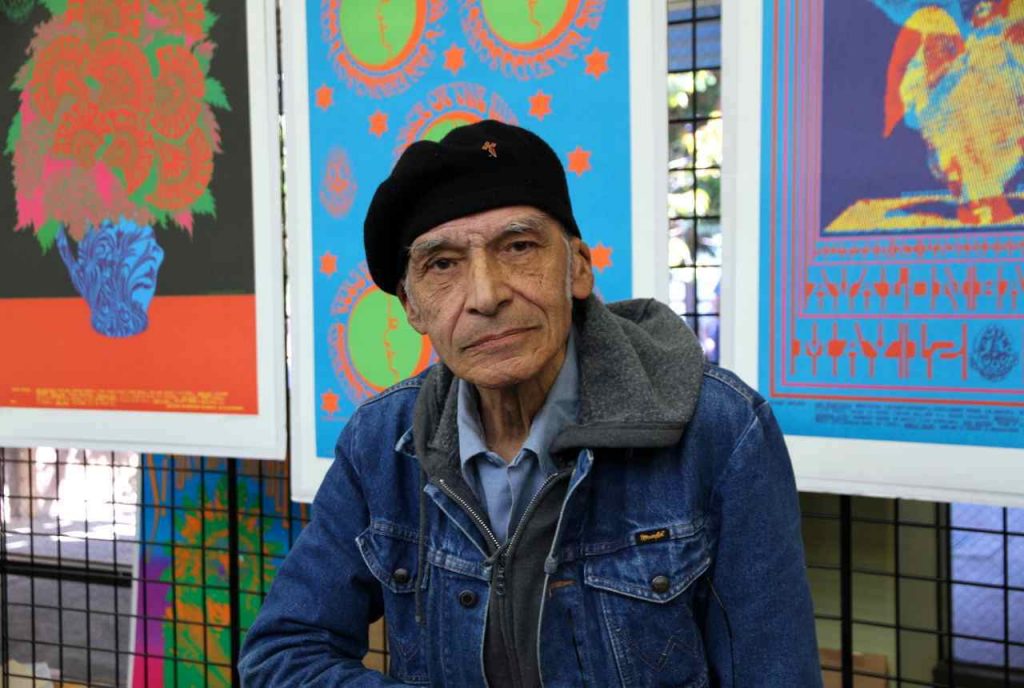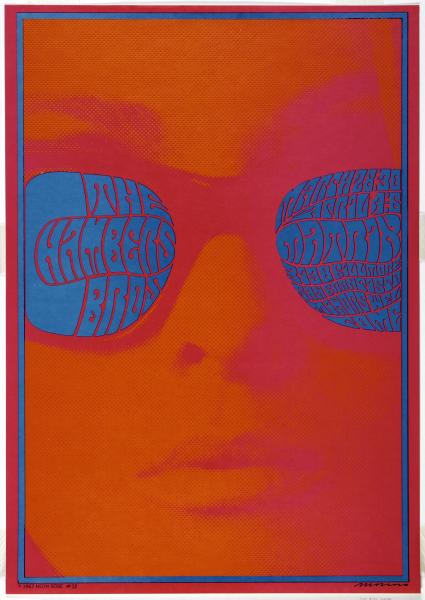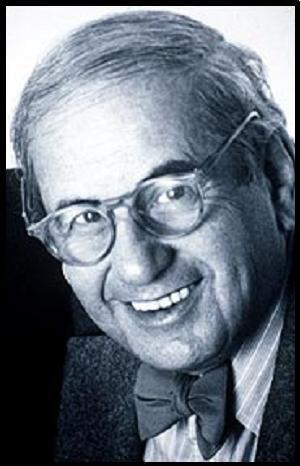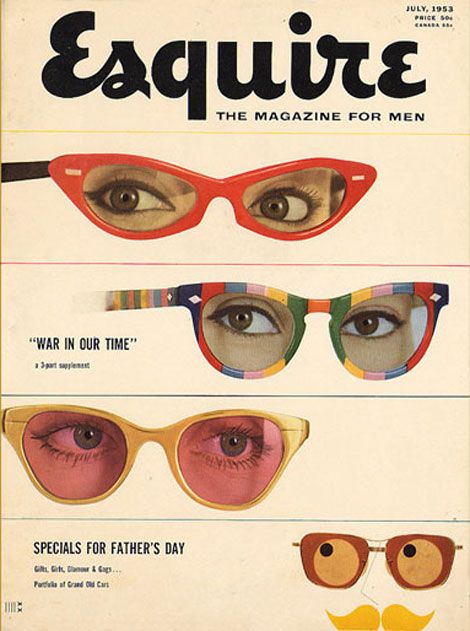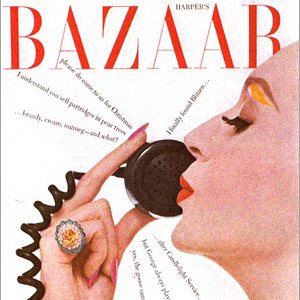Peter Ignazio
Peter is one of the most successful creative directors and copywriters in Canada. Under his leadership, Cossette was named Canadian “Agency of the Year” by Strategy Magazine in 2016 and 2017. He brought the same honor to BBDO in 2011. In both cases, firsts for the agencies. As a copywriter, he was twice included in the Top Ten list globally by The Gunn Report. He has won over 20 Cannes Lions for 10 different clients in categories ranging from film to cyber to integrated.

A native of Hamilton, Ontario, Peter earned a B.Sc. in Chemistry from McMaster University before enjoying a successful career as a research chemist with Dow Chemical in Germany. He also has an MBA from McGill University. Peter has worked as a Copywriter and Creative Director in Toronto and New York for such agencies as TAXI, McCann, and Downtown Partners DDB. In 2015, Peter brought his skills to Cossette where he runs a variety of blue-chip accounts, including McDonald’s, General Mills and SickKids.
Citations
The One Club / The One Show – Archive of Award Winners. (n.d.). Retrieved from https://www.oneclub.org/awards/theoneshow/-judge/2456/peter-ignazi



